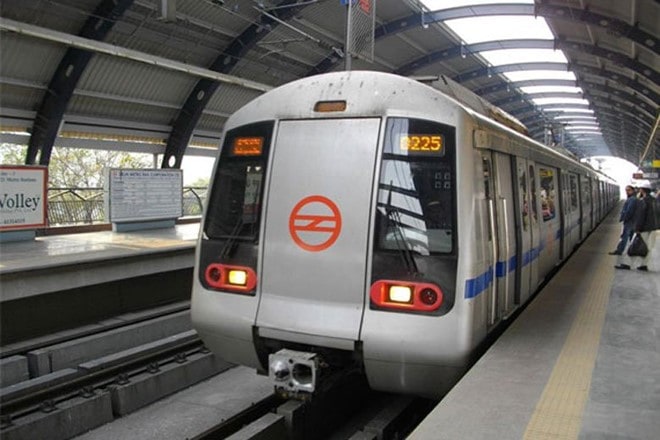The Union cabinet today gave its approval for the new metro rail policy which aims to expand the metro rail network across various cities in the country. The new policy has been framed by the Union Urban Development Ministry. Prime Minister Narendra Modi chaired the meeting of Union Cabinet to give the nod. Addressing a press conference Finance Minister Arun Jaitley has said, “Centre in consultation with the states has prepared the Metro Rail Policy 2017.” This policy may also give a boost to ‘Make in India’ initiative. The metro rail policy is about standardising norms and developing a procurement mechanism for implementation of the projects and also it focuses on funding and financing, officials said. At present, metro facility is available in eight cities — Delhi, Bengaluru, Kolkata, Chennai, Kochi, Mumbai, Jaipur and Gurugram, as per PTI. Here are the 10 things to know about the New Metro Rail Policy:
1. The policy will open a big window for private investments across a range of metro operations making PPP (Public Private Partnership) component mandatory for availing central assistance for new metro projects.
2. Apart from private investment, other innovative forms of financing metro projects have been made compulsory to meet the huge resource demand for capital intensive high capacity metro projects.
3. To enhance the last mile connectivity, the new policy seeks to ensure a catchment area of five km on either side of metro stations. Therefore, the states will require providing necessary last mile connectivity through feeder services, non-motorised transport infrastructure like walking and cycling pathways and introduction of para-transport facilities.
4. The new Policy has shifted to ‘Economic Internal Rate of Return of 14%’ from the present ‘Financial Internal Rate of Return of 8%’, in the view of substantial social, economic and environmental gains of metro projects.
5. To ensure that least cost mass transit mode is selected for public transport, the new policy allows for Alternate Analysis which will require evaluation of other modes of mass transit like BRTS (Bus Rapid Transit System), Light Rail Transit, Tramways, Metro Rail and Regional Rail etc.
6. Under the policy, the setting up of Urban Metropolitan Transport Authority (UMTA) is mandatory which will have to prepare Comprehensive Mobility Plans for cities for optimal utilization.
7. Under Transit Oriented Development (TOD) of the new policy, the States need to adopt innovative mechanisms like Value Capture Financing tools to mobilize resources for financing metro projects by capturing a share of increase in the asset values through ‘Betterment Levy’.
8. The new metro rail policy empowers States to make rules and regulations and set up permanent Fare Fixation Authority for timely revision of fares.
9. The policy gives three options states to the states for availing central assistance in developing metro rail.
10. The options include, (a) PPP with central assistance under the Viability Gap Funding scheme of the Ministry of Finance, (b) Grant by Government of India under which 10% of the project cost will be given as lump sum central assistance (c) 50:50 Equity sharing model between central and state governments.

